“Sometimes I Cry, Sometimes I Laugh” – A Children’s Book That Acknowledges All Emotions
For quite some time, I’ve had a desire to write a children’s book about emotions. But I didn’t just want the book to talk about emotions; I wanted it to acknowledge and respect emotions. I wanted to write a book that I would feel good about reading to my own children, one that conveys a healthy view of emotions. And while my book is certainly a children’s book, I’ve also written it with their parents and other adults in their lives in mind. In fact, because of how it models respectful communication and gives parent’s language for empathic limit-setting, “Sometimes I Cry / Sometimes I Laugh” could even be viewed as a parent handbook of sorts.
So the book is actually double sided, starting from either side, the book tells two stories that begin separately and meet in the middle. It’s meant to be symbolic, as the book explores opposite ends of the emotional spectrum and takes a holistic approach to examining these contrasting feelings and the ways we express them.
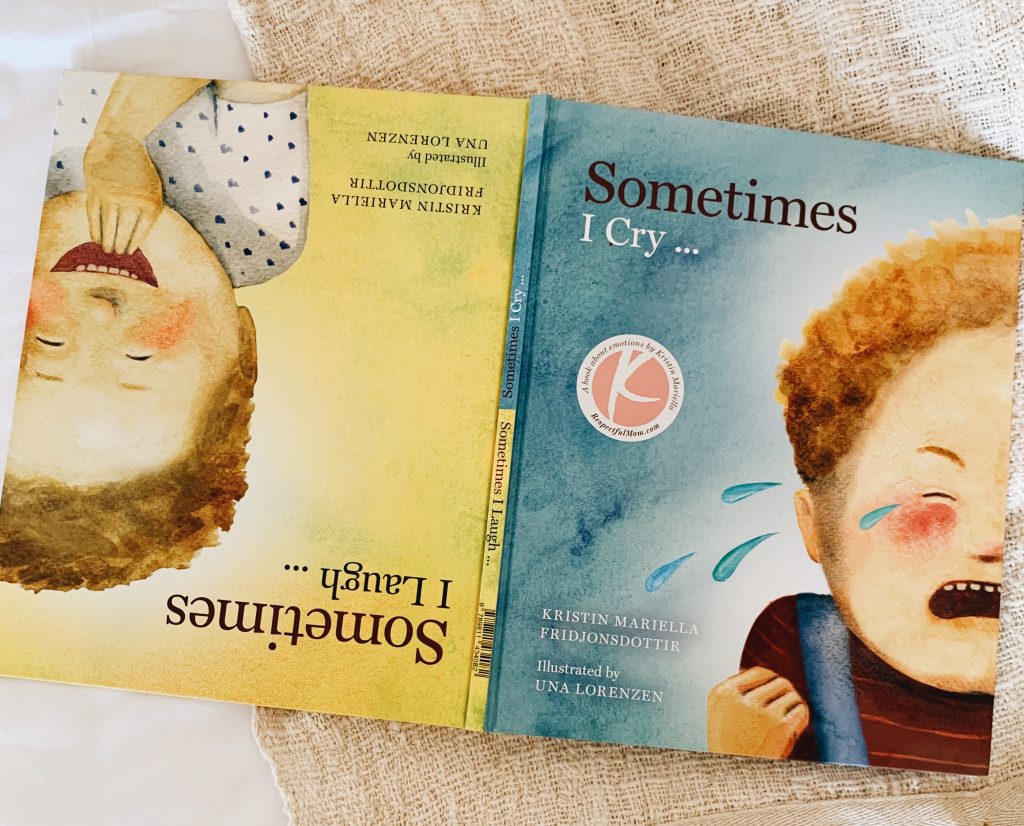
The book talks openly about both crying and laughing, without judging one to be better or more correct than the other. The central message being that all emotions, both positive and negative, are valid, and that children should always be given space to express their feelings and be met with empathy and understanding when they do. It’s a message that I am incredibly passionate about, and I believe this is the single most important shift that we as parents can make in our thinking; if we can truly internalize the idea that all emotions are valid and deserve to be expressed, we will be much better equipped to support our children in developing healthy emotional balance and emotional intelligence.
If we can truly internalize the idea that all emotions are valid and deserve to be expressed, we will be much better equipped to support our children in developing healthy emotional balance and emotional intelligence.
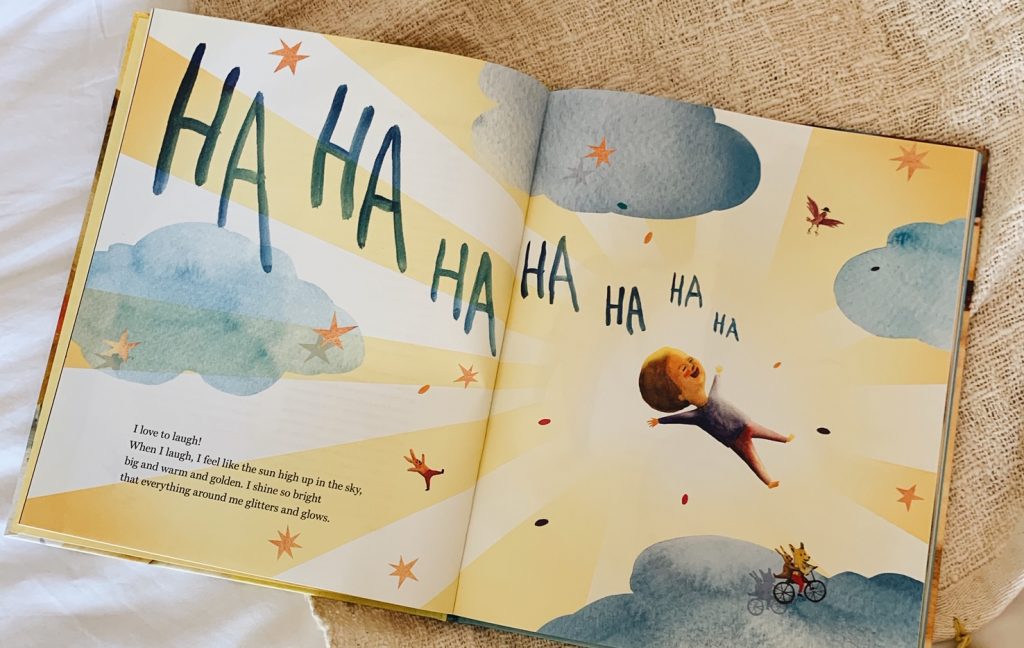
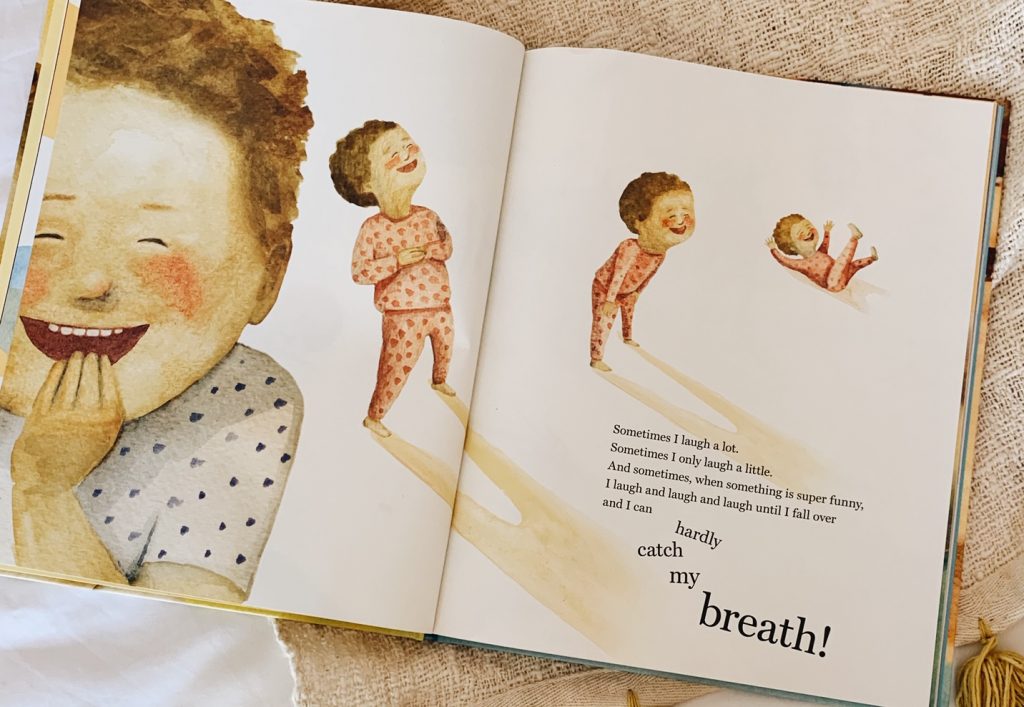
I believe it does a person a great disservice in life to be afraid of a normal part of their existence, to be ashamed or constantly try and avoid feeling bad/sad/angry/frustrated/disappointed. The sad reality is that most of us actually are, scared or afraid of our negative emotions. Weather we are aware of that or not. Most of us grew up repeatedly receiving the message that these emotions were “bad” and not to be expressed or even felt. We were scolded, punished or shamed for crying or expressing our upsets as children. But how are we supposed to handle life if we can’t handle a perfectly normal part of it?
As a parent educator I work a lot with parents. And because of a deeper level of understanding on emotional development people are waking up to a newfound awareness on how to best relate to and support children as well as each other. Generally parents understand the concept of accepting emotions and the importance of allowing emotional expression, we get that it’s bad to stuff our feelings.
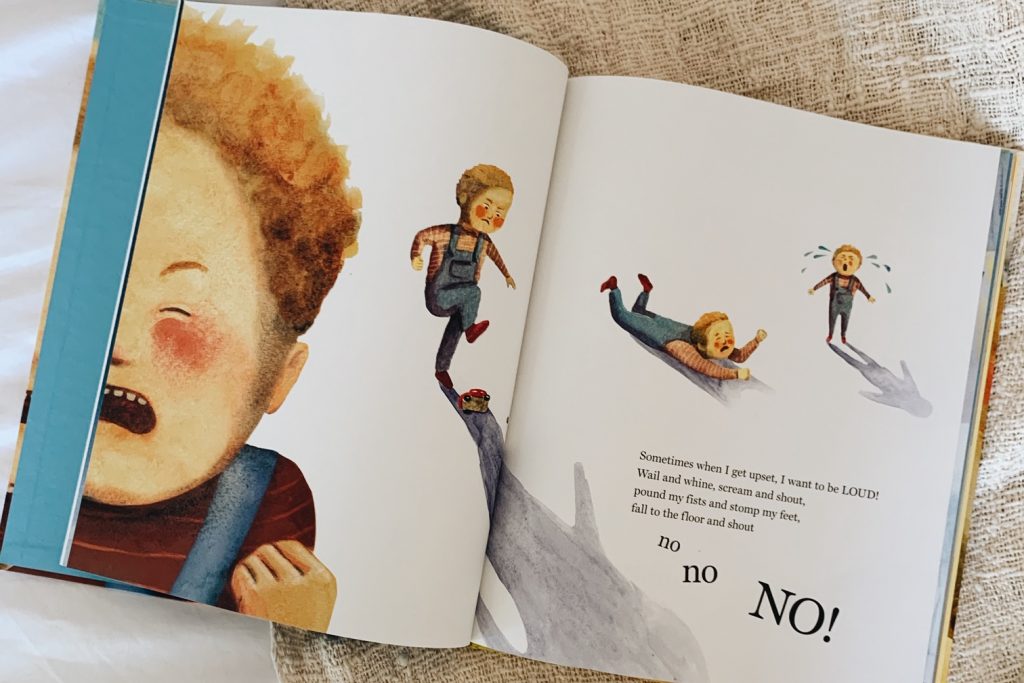
But then in real life, when things get hectic, our child has a crying fit or we need to set boundaries, parents tend to go a bit blank. Like we know what we “should” do and we understand it when we read it in a clever parenting book but what does it really look like? How to apply these concepts in real life?
That is why I felt it was so important to give parents real examples and language of how to set empathic limits and hold space for the whole child in the book.
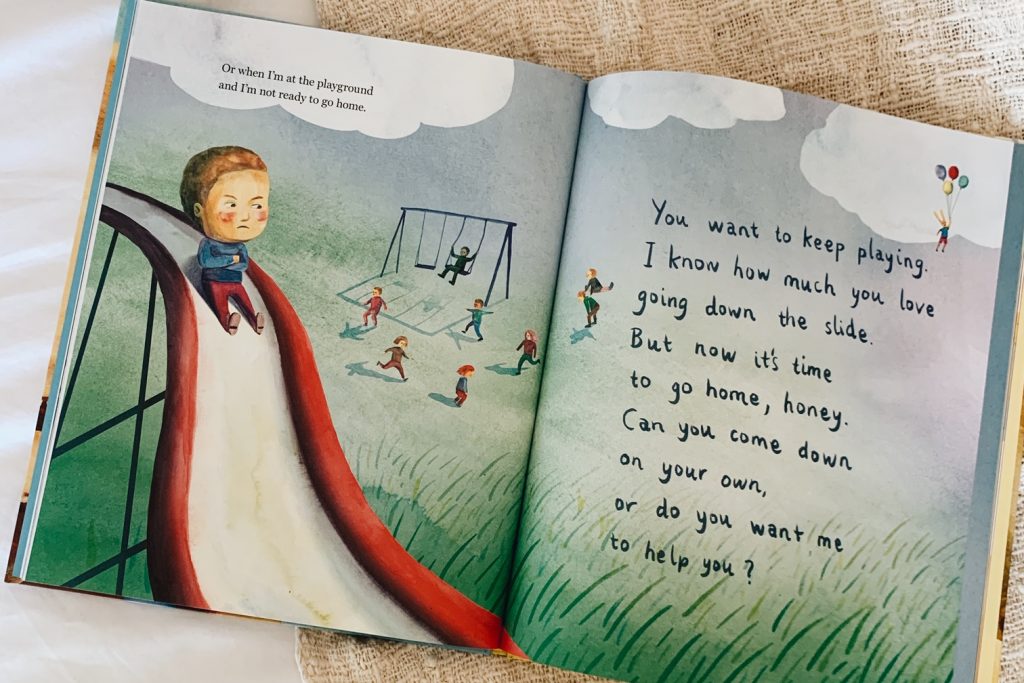

It’s like practicing a new skill, new type of language and attitude. So when we get to read these words to our child this way of relating to them during challenging moments starts to sink in.
This way of communicating and limit setting still feels very foreign to many of us. Most of us did not grow up feeling heard and understood and because of this we carry so much shame. It’s something we need to realise on a deep level. The fact that most of us carry a big, biiiiig bag full of shame on our back, shame that never was ours to carry in the first place, shame that was placed on us because of lack of knowledge and awareness. Shame projected onto us directly from of the portal of our parents own unhealed wounds.
This work is not about blame.
Our parents didn’t know better, or even if they knew, they couldn’t do better. They were dealing with their own stuff, pain and trauma passed down to them from previous generations.
Our parents truly did their best just as we are doing our best.
It is incredibly healing to realize that you can choose a different path for yourself and your children. To see how you can break the cycle and consciously choose to step out of some of those patterns. This is much of what respectful and mindful parenting is about, intentionally stepping into a greater awareness and then choosing differently in your own parenting.
Feeling heard and understood is a deep need for our children. To feel connected, to know that we get it, that we understand.
It all starts is with holding space for the whole child, to accept them fully. And then to demonstrate our unconditional love by consistently show up with love for their highest of highs as well as their lowest of low.
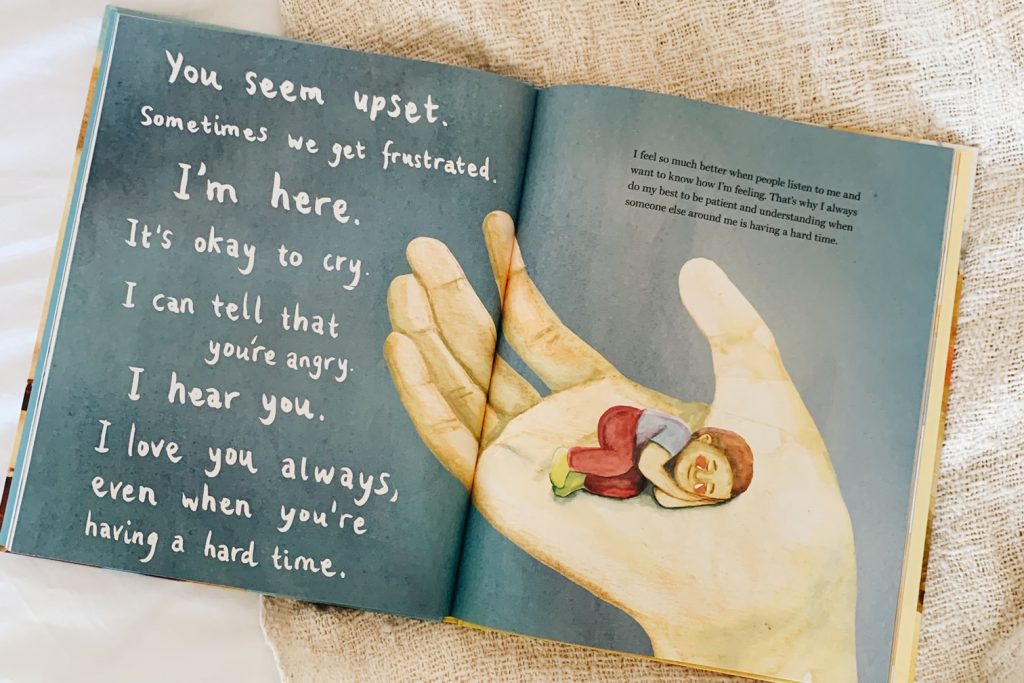
Feeling heard and understood is really all our children want. To feel connected, to know that we get it, that we understand.
To regularly get the message from us that we are on their side – also when we are setting boundaries!
There truly is NO going back when you start communicating in this way with your child – or anyone for that matter. And where I think it all starts is with holding space for the whole child, all of them, and consistently showing up with love for their ups as well as their downs.

As the book puts it, “We all get upset from time to time. Some days, when you’re in a bad mood, it might feel good to cry. Other days, when you’re so happy you feel like you could burst, it might feel good to laugh. Crying is good – laughing is good.”
—–
You can purchase my book right here on my website, under shop, international shipping available
With love,
Kristin Mariella
—–
Gallery:










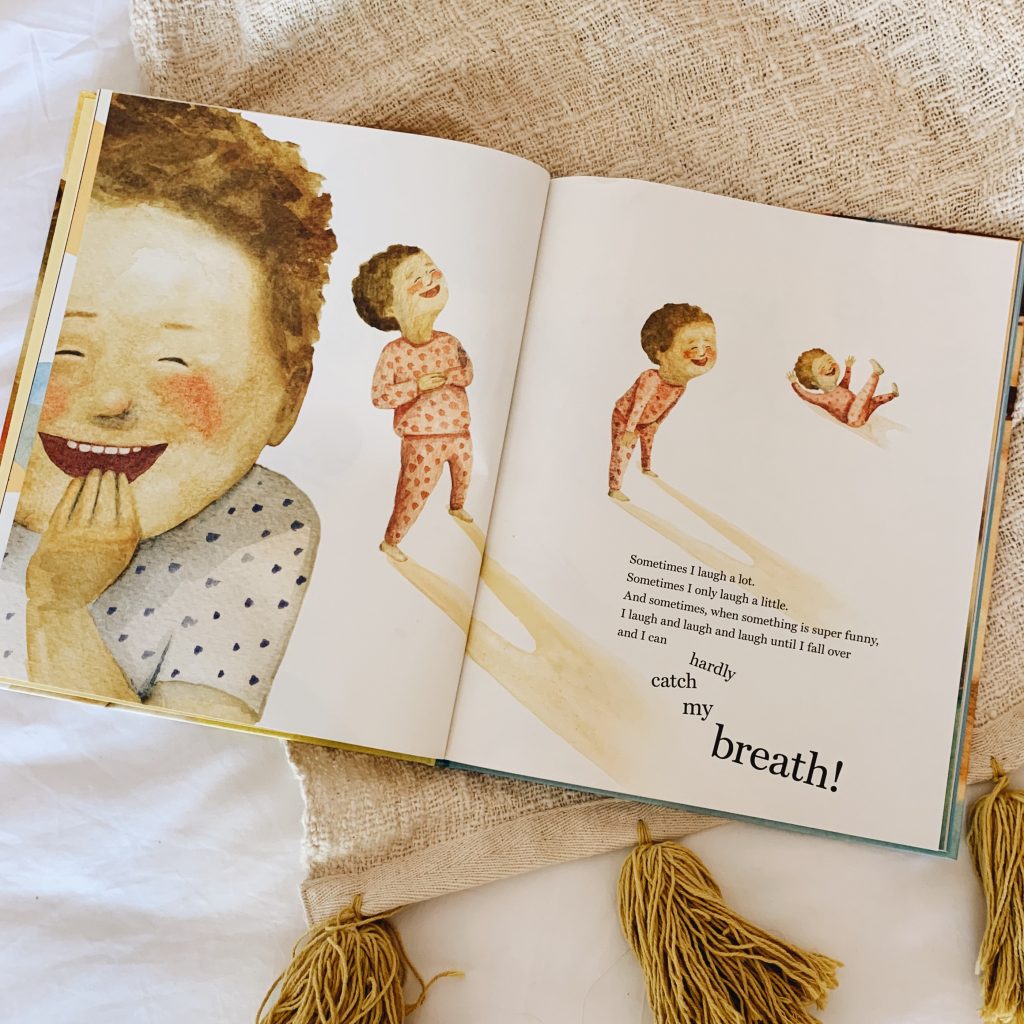
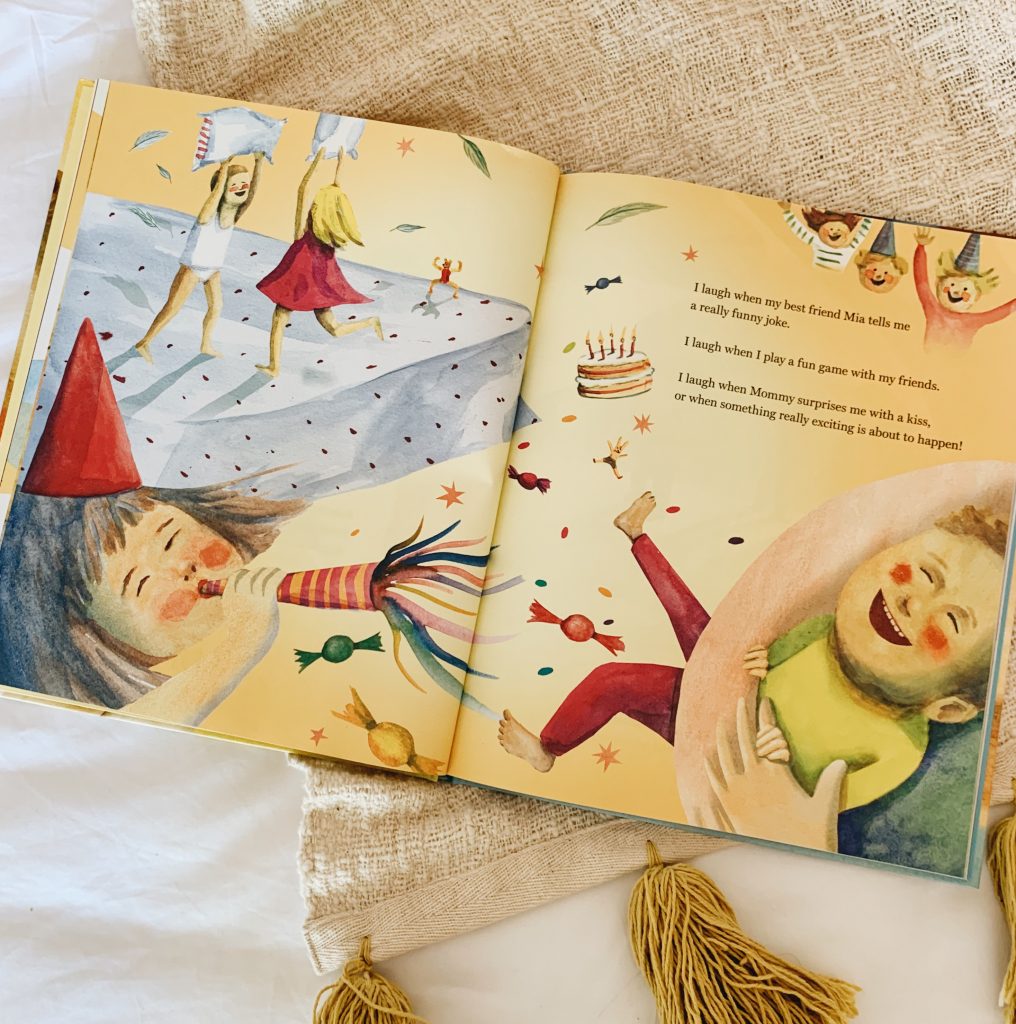
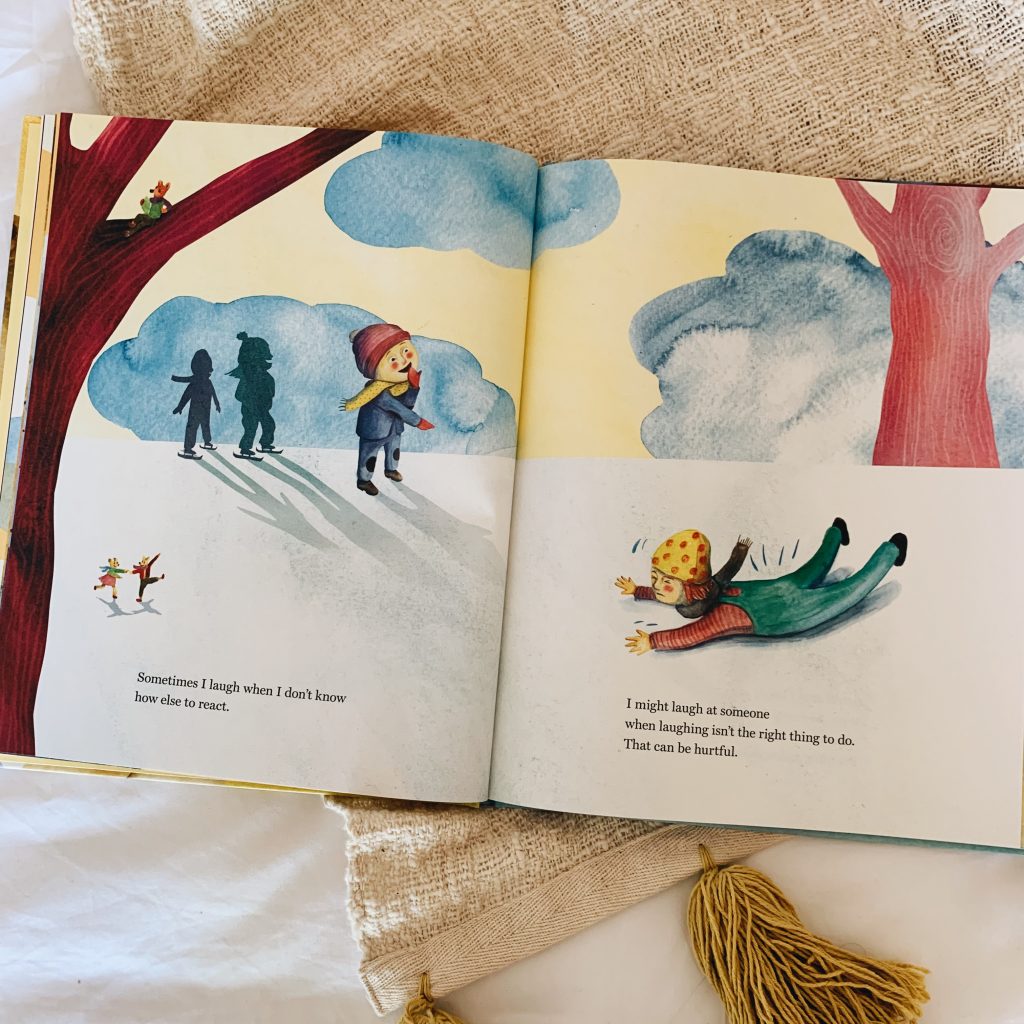
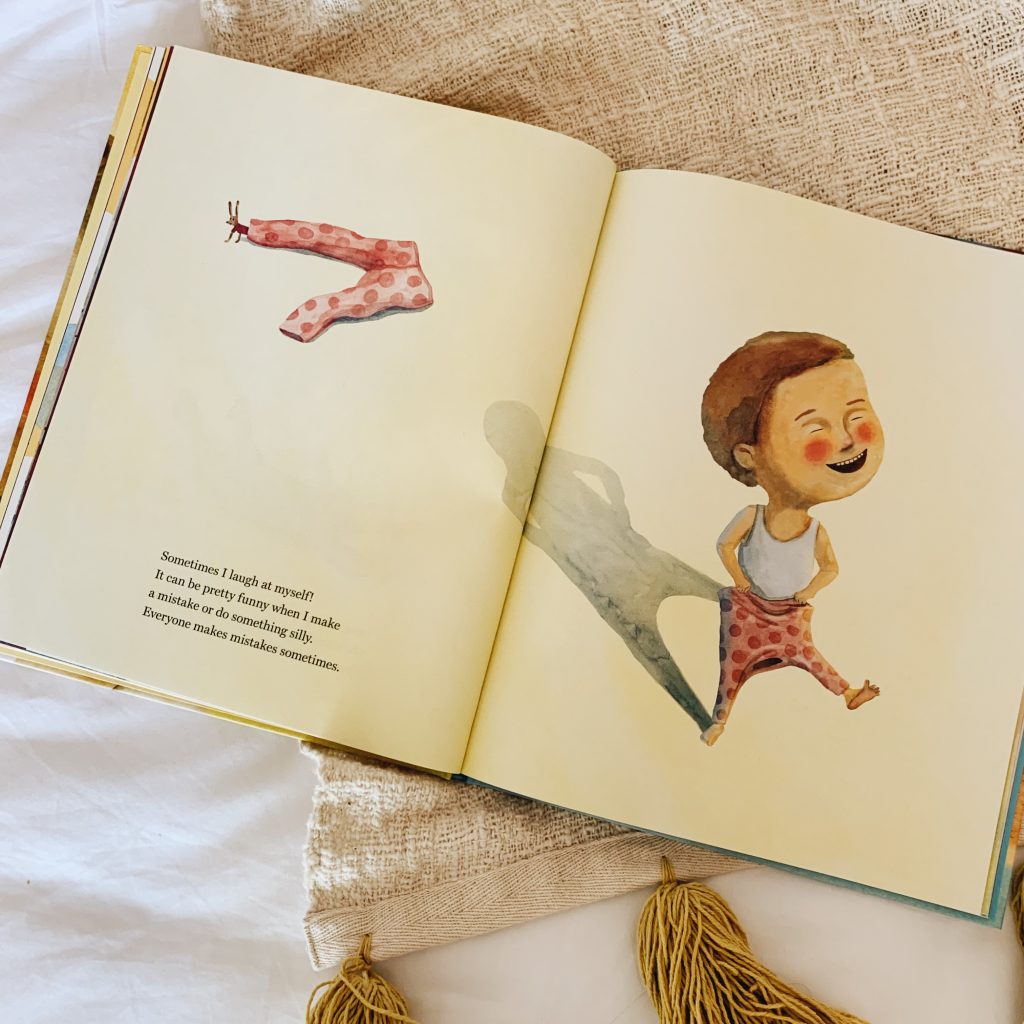


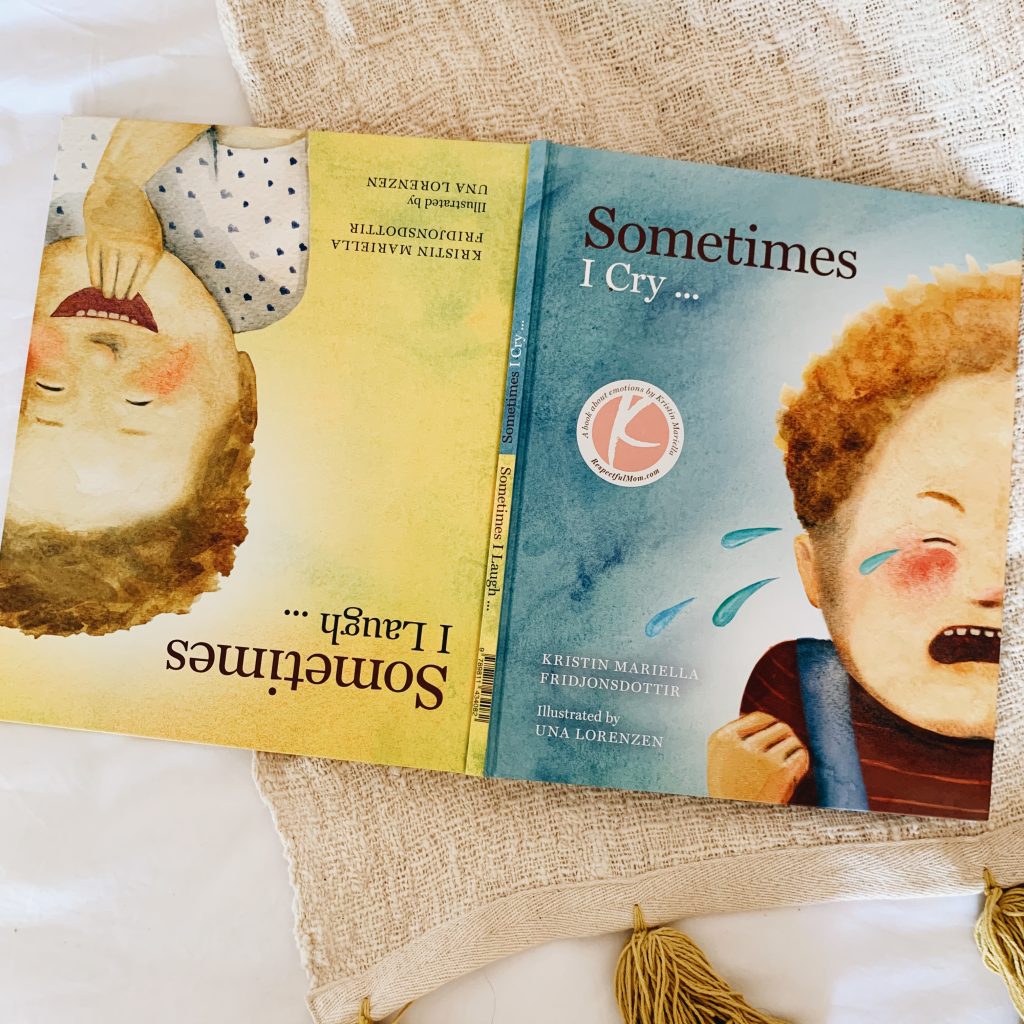
Comments